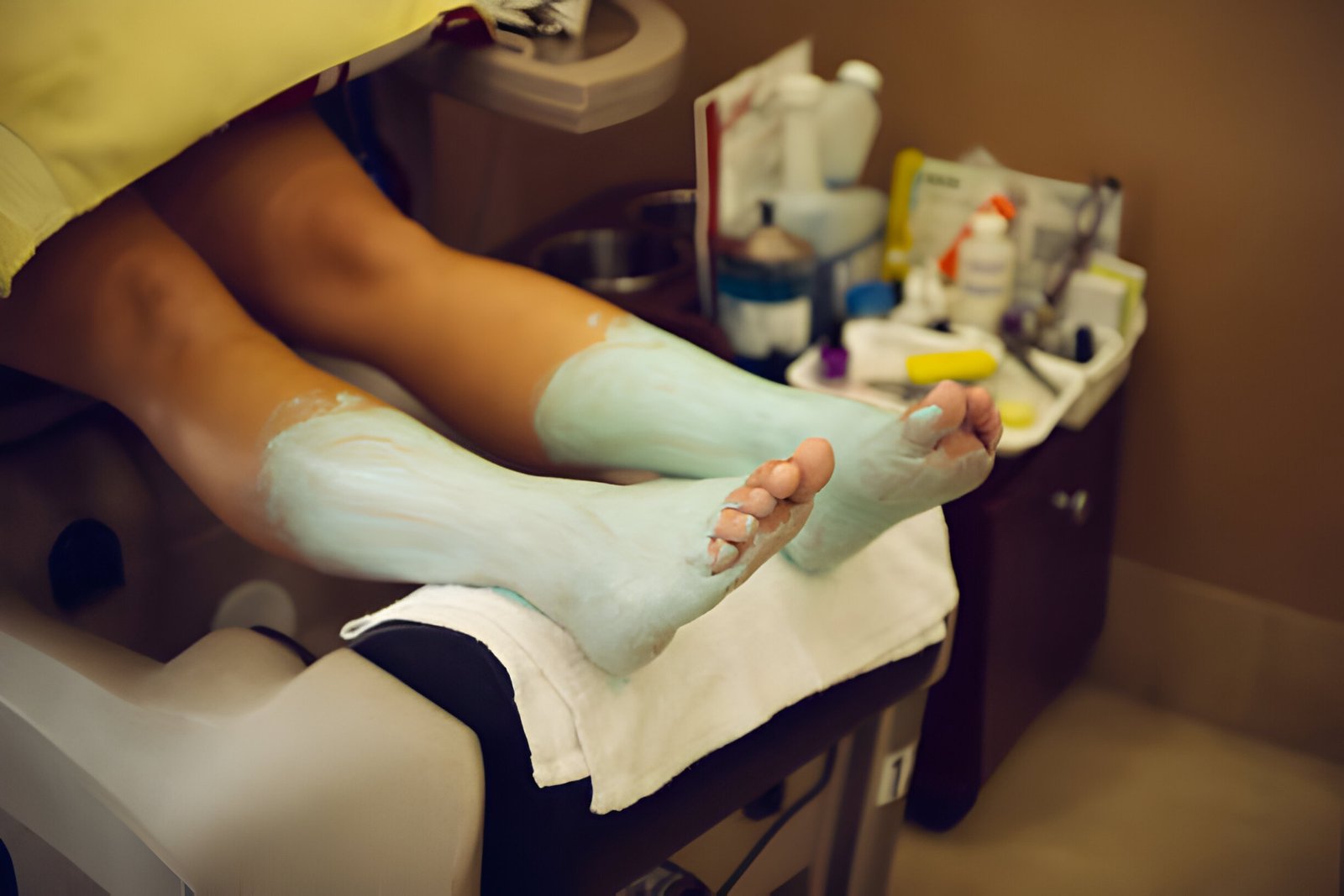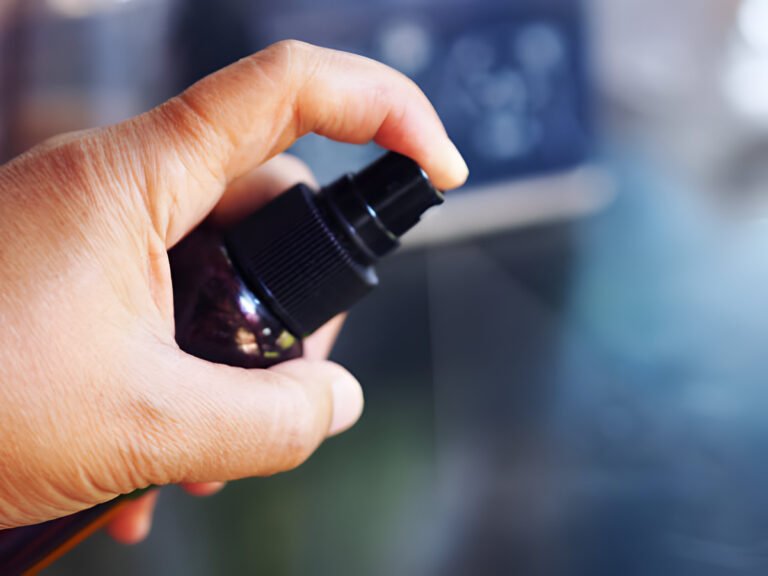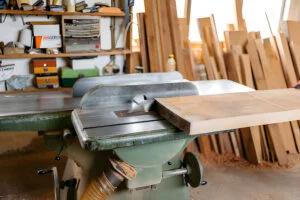Image Credit: Getty image
Unlock the secret to healthier, softer feet with the innovative skincare solution that is capturing the attention of beauty enthusiasts everywhere: the foot peel mask. This revolutionary product promises not just to exfoliate dead skin but to transform the feet’s appearance and texture within days. Foot peel masks, often infused with powerful ingredients like lactic acid, aloe vera, and other moisturizing agents, offer a spa-like exfoliation experience at home, shedding the rough and tough layers to reveal smooth, supple skin beneath. Beyond mere aesthetics, this foot care ritual is gaining popularity for its potential to boost foot health, offering a deep exfoliating and moisturizing treatment that can combat dryness, tackle calluses, and prevent skin cracking.
The article will delve into what foot peel masks are, including their composition—ranging from vegan formulas to those packed with natural exfoliants like lactic acid. It will explore the science behind how these peeling foot masks work, shedding light on the process that allows for such dramatic results. Additionally, readers will learn how to use these exfoliating booties effectively for the best outcomes, addressing common myths and establishing facts about foot peel masks to clear any misconceptions. By the conclusion, the benefits of incorporating a foot peel mask into one’s skincare regime will be undisputed, showcasing how these foot exfoliation peeling masks, beyond providing immediate aesthetic improvements, contribute to the long-term health and comfort of the feet.
What Are Foot Peel Masks?
Basic Overview
Foot peel masks are specialized skincare products designed to address the unique challenges of foot care. They are essentially a form of chemical exfoliation, utilizing a jelly-like mixture of exfoliating ingredients, such as alpha hydroxy acids (AHAs) including glycolic acid and lactic acid. Users apply this mixture in the form of booties that envelop the feet, allowing the acids to penetrate and encourage the shedding of dead skin cells. This process leads to the growth of new, healthier skin on the soles of the feet, typically resulting in visible peeling within a few days. The primary benefits of using these masks include the removal of calluses, alleviation of dry skin, and the softening of rough patches, particularly on the heels.
The skin on the feet is thicker and often more callused than other parts of the body due to constant pressure and friction from standing, walking, and wearing shoes. Traditional moisturizers and creams often fail to penetrate this tough outer layer, making foot peel masks an effective solution to deeply exfoliate and moisturize. The active ingredients in these masks, such as lactic acid and glycolic acid, are key components that facilitate this intense exfoliation process. These chemical exfoliants break down the desmosomes—proteins that bind skin cells together—allowing the outer layer of dead skin to detach and eventually peel off.
History and Popularity
The concept of the foot peel mask was first developed in Tokyo, Japan, with the original formulation known as Baby Foot®. This product was created as an easy and effective at-home treatment to address common foot issues like dryness and cracked soles. Due to its effectiveness, the foot peel quickly gained popularity and was named Baby Foot®, reflecting its ability to make feet as soft as a baby’s.
The success of Baby Foot® led to its export to various countries across Asia, Europe, and eventually to the United States. The product’s appearance on popular television shows such as The Today Show helped boost its recognition and adoption in the American market. Baby Foot® has since expanded its product line to include items specifically tailored for men and other foot care essentials, maintaining its commitment to paraben-free and sulfate-free formulations. Today, Baby Foot® is a globally recognized brand, available in over 50 countries and has sold millions of units worldwide, demonstrating the widespread acceptance and effectiveness of foot peel masks in achieving healthier, softer feet.
The Science Behind Foot Peel Masks
How Foot Peel Masks Exfoliate
Foot peel masks utilize a potent mix of chemical exfoliants, primarily alpha-hydroxy acids (AHAs) and beta-hydroxy acids (BHAs), to facilitate the shedding of dead skin cells on the feet. These acids, such as glycolic acid, lactic acid, and salicylic acid, work by breaking down the substances that hold dead skin cells together. When applied via foot booties, these acids penetrate the thick, callused layers of skin on the feet, effectively loosening and eventually causing these layers to peel off. This process reveals new, softer, and healthier skin underneath.
The application process involves cleaning the feet thoroughly, then wearing the booties, which are pre-soaked with the chemical mixture, for about one to two hours. After removing the booties, it is recommended to rinse the feet and wear socks. Peeling typically begins within three to seven days post-application and can continue for up to two weeks, depending on the individual’s skin renewal cycle.
Benefits of Ingredients
The effectiveness of foot peel masks is not only due to the AHAs and BHAs but also to a range of natural extracts and essential oils included in the formulations. Ingredients such as citrus lemon extract and tangerine peel extract offer additional benefits beyond exfoliation. Citrus lemon extract acts as a natural astringent with powerful antibacterial and toning properties, which helps to cleanse the feet and reduce the likelihood of bacterial growth. Tangerine peel extract is a strong humectant that helps to capture moisture, reducing cracks in dry skin and supporting a hydrated appearance.
Furthermore, the inclusion of Ryoku-Cha Ekisu extract, known for its antioxidant and anti-inflammatory properties, helps to rejuvenate the skin, contributing to the anti-aging effects of the foot peel masks. These natural ingredients not only aid in the exfoliation process but also condition and moisturize the skin, leaving it smooth and supple.
By combining chemical exfoliation with natural moisturizing and antibacterial components, foot peel masks offer a comprehensive treatment that addresses common foot skin issues such as calluses, dryness, and rough patches. This dual action makes them an effective solution for maintaining foot health and aesthetics.
How to Use a Foot Peel Mask for Best Results
Step-by-Step Instructions
- Preparation: Before beginning the foot peel treatment, it’s crucial to prepare the feet by removing any nail polish as it can be affected by the peeling chemicals. Soak the feet in lukewalk water mixed with Epsom salt and apple cider vinegar for about 30 minutes to soften the skin, making it more receptive to the treatment.
- Application: Open the foot peel mask package and carefully cut along the dotted line. Place one foot inside the bootie, ensuring it is snug against the skin. Secure it using the attached adhesive tape, which tends to stick better to the skin than the plastic. Repeat the process with the other foot.
- Duration: Wear the booties for approximately 60 to 90 minutes. For those with particularly tough calluses or those who have not used a foot peel recently, extending the duration up to 90 minutes can enhance the effectiveness of the exfoliation.
- Post-Application Care: After the designated time, remove the booties and wash the feet gently with soap and water to remove any residual peel solution. It is crucial not to apply any lotion or oil-based products immediately after the treatment as they can interfere with the peeling process.
Tips for Faster Peeling
- Daily Soaking: Soak the feet in water daily to activate the peeling process. This step is essential as the peeling agent requires water to work effectively. The peeling usually begins between 5 to 7 days after application.
- Avoid Moisturizers: While it might be tempting, avoid using moisturizers or lotions until the peeling process is complete. These products can hinder the effectiveness of the foot peel mask.
- Patience is Key: The peeling process can vary from person to person. If peeling does not start by the third or fourth day, soak the feet again for 15 to 20 minutes to help jump-start the process.
- Handling Peeling Skin: Do not forcibly remove peeling skin. Allow it to shed naturally to avoid damage to the underlying layers of new skin. If necessary, gently trim loose skin with scissors.
By following these steps and tips, users can maximize the benefits of their foot peel mask and enjoy softer, smoother feet. Remember, the key to effective results lies in proper preparation, application, and post-care.
Common Myths and Facts About Foot Peel Masks
Myth: Foot Peel Masks Are Dangerous
Some individuals harbor concerns that foot peel masks are hazardous due to their chemical content. However, these masks are crafted to be safe when used as directed. They typically contain natural ingredients like fruit acids and essential oils that nourish and hydrate the skin, rather than harsh chemicals. Following the instructions carefully ensures a safe and effective exfoliation experience, leaving the feet soft and smooth.
Myth: Foot Peel Masks Are Painful
Another prevalent misconception is that using foot peel masks results in pain. While it’s true that some users may experience a tingling sensation during the application, this is generally a normal reaction indicating that the natural acids are engaging with the deepest layers of skin. The sensation is temporary and should not be painful. Foot peel masks are designed to be gentle, allowing for the best results without discomfort.
Fact: Tailored Chemical Composition
Foot peel masks utilize a variety of chemical exfoliants, such as alpha-hydroxy acids (AHAs) and beta-hydroxy acids (BHAs), which are effective in removing dead skin cells. These include ingredients like glycolic acid, lactic acid, and salicylic acid, which help to loosen and peel off the thick, callused layers of skin on the feet. This process reveals newer, softer skin underneath.
Fact: Suitable for Various Skin Types
Contrary to the belief that chemical peels are only for severe skin issues, foot peel masks can be customized to accommodate all skin types, including sensitive skin. There are specific formulations available for those with sensitive conditions like rosacea or eczema, ensuring that everyone can benefit from the rejuvenating effects of foot peel masks without adverse reactions.
Fact: Multiple Treatments for Optimal Results
While improvements can be observed after a single use of a foot peel mask, achieving the best results often requires a series of treatments. This is particularly true for individuals dealing with deep wrinkles, acne scars, or significant hyperpigmentation. Regular use as recommended can lead to substantial improvements in the condition and appearance of the feet.
Fact: Natural and Safe Ingredients
Many foot peel masks are enriched with natural extracts and essential oils that provide additional benefits beyond mere exfoliation. Ingredients like citrus lemon extract have antibacterial properties that help cleanse the feet, while tangerine peel extract acts as a humectant to lock in moisture. These components ensure that the skin is not only peeled but also conditioned and moisturized, enhancing the overall health and appearance of the feet.
By understanding these myths and facts, users can confidently incorporate foot peel masks into their skincare regimen, enjoying the numerous benefits they offer for foot health and aesthetics.
Conclusion
Through the exploration of foot peel masks, this article has uncovered their ability to significantly improve foot health and aesthetics. By delving into the complexities of their chemical compositions, including both exfoliating agents and natural moisturizing elements, and by providing a step-by-step guide on their effective use, we’ve underscored the undeniable benefits these products offer. The discussion illuminated how, beyond merely enhancing the feet’s appearance, foot peel masks contribute substantially to their overall health by addressing issues such as calluses, dryness, and cracking, thus underscoring the importance of incorporating them into one’s skincare routine.
Moreover, by debunking common myths and emphasizing factual information, the article has aimed to enlighten readers about the safety and effectiveness of these skincare innovations. The significance of foot peel masks in promoting softer, healthier feet cannot be overstated, making them an essential addition to the regimen of anyone seeking to improve their foot care practices. As such, embracing this transformative treatment can lead to not just immediate aesthetic improvements but also to long-term benefits for foot health, encouraging a deeper appreciation for the role of dedicated foot care in achieving overall wellness.
FAQs
How can I speed up the peeling process of my foot peel mask? To accelerate the peeling process, which typically takes about two weeks, soaking your feet can be effective. However, individual results may vary.
Why does it take several days for foot peels to start working? Foot peels contain fruit acid, which gradually breaks down dead skin. It usually takes up to 14 days for the peeling to commence. You will notice when the process starts as the dead skin begins to shed from your feet.
Are foot peeling masks beneficial for your feet? Foot peeling masks are generally safe and effective for most people. The skin on the feet is thicker and often more calloused than other parts of the body, making it resilient to the peeling process, which is painless. However, they may not be suitable for everyone.
What are the best practices to achieve optimal results from foot peels? To maximize the effectiveness of your foot peel, follow these tips: Remove any nail polish as it can be affected by the peel. Allow yourself enough time for the process without rushing. Soak your feet in water to help loosen the skin. Be patient and allow the skin to peel naturally without pulling it off. Avoid applying lotions or oil-based moisturizers during the peeling process.



























Your point of view caught my eye and was very interesting. Thanks. I have a question for you.